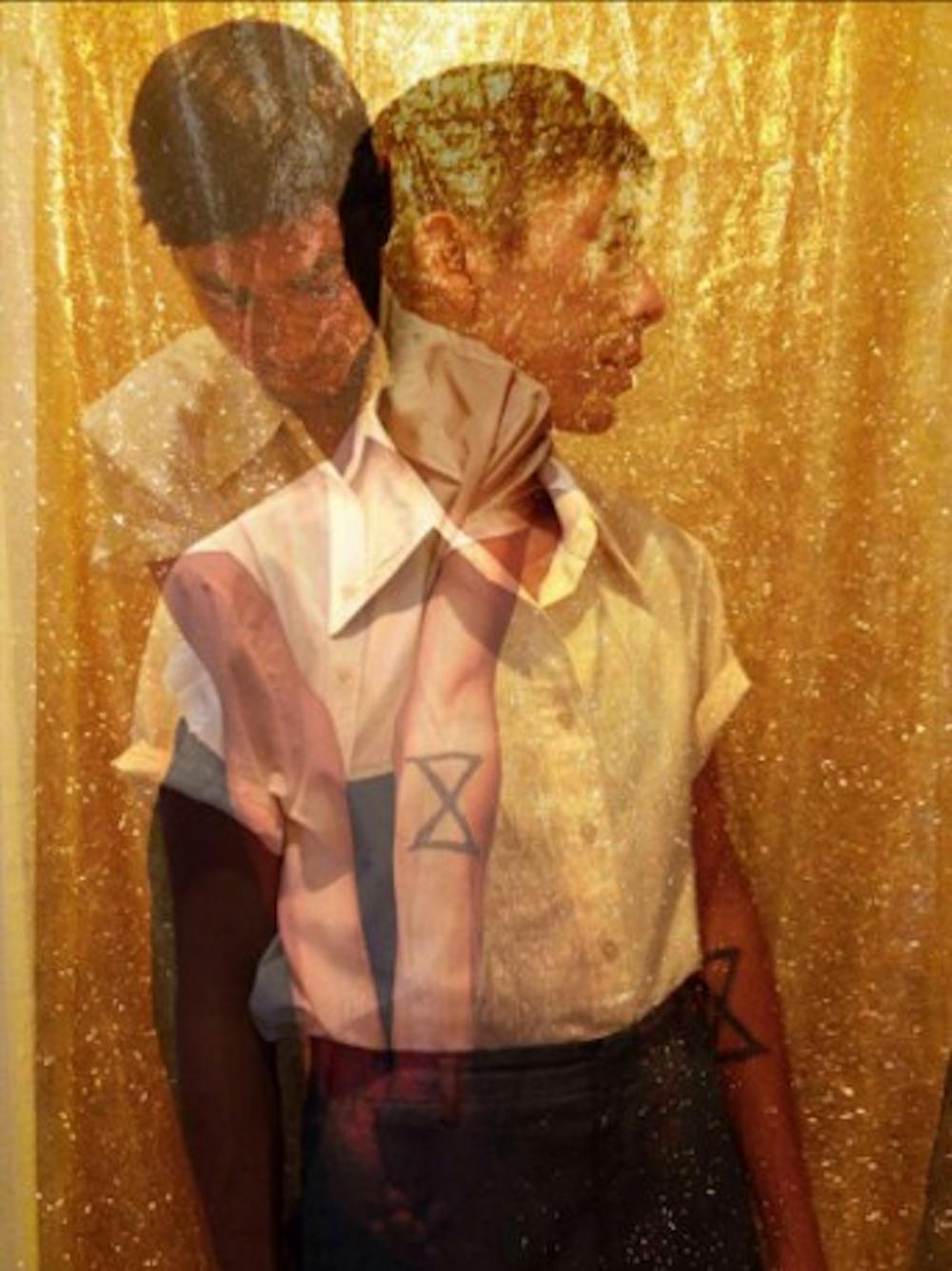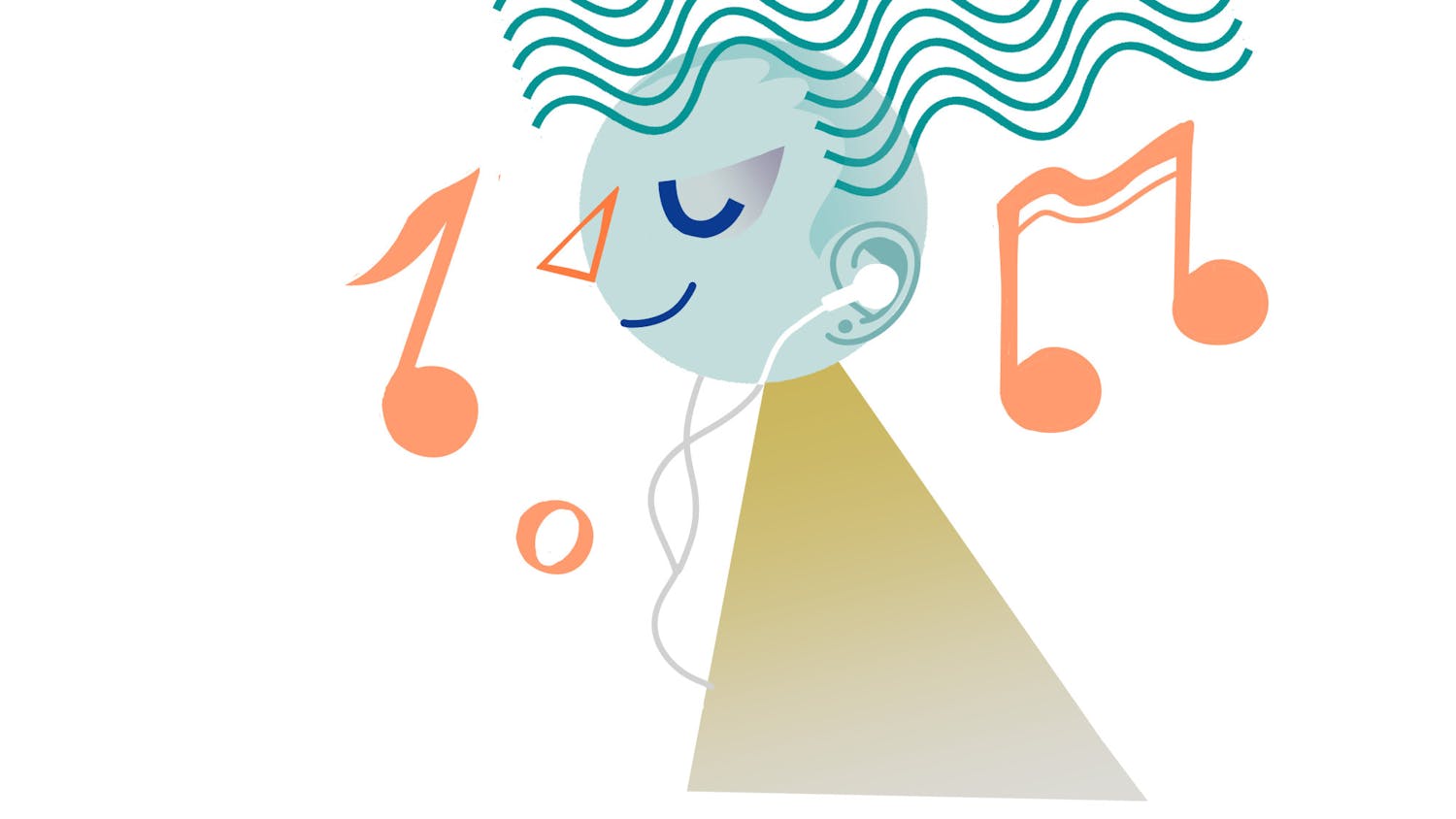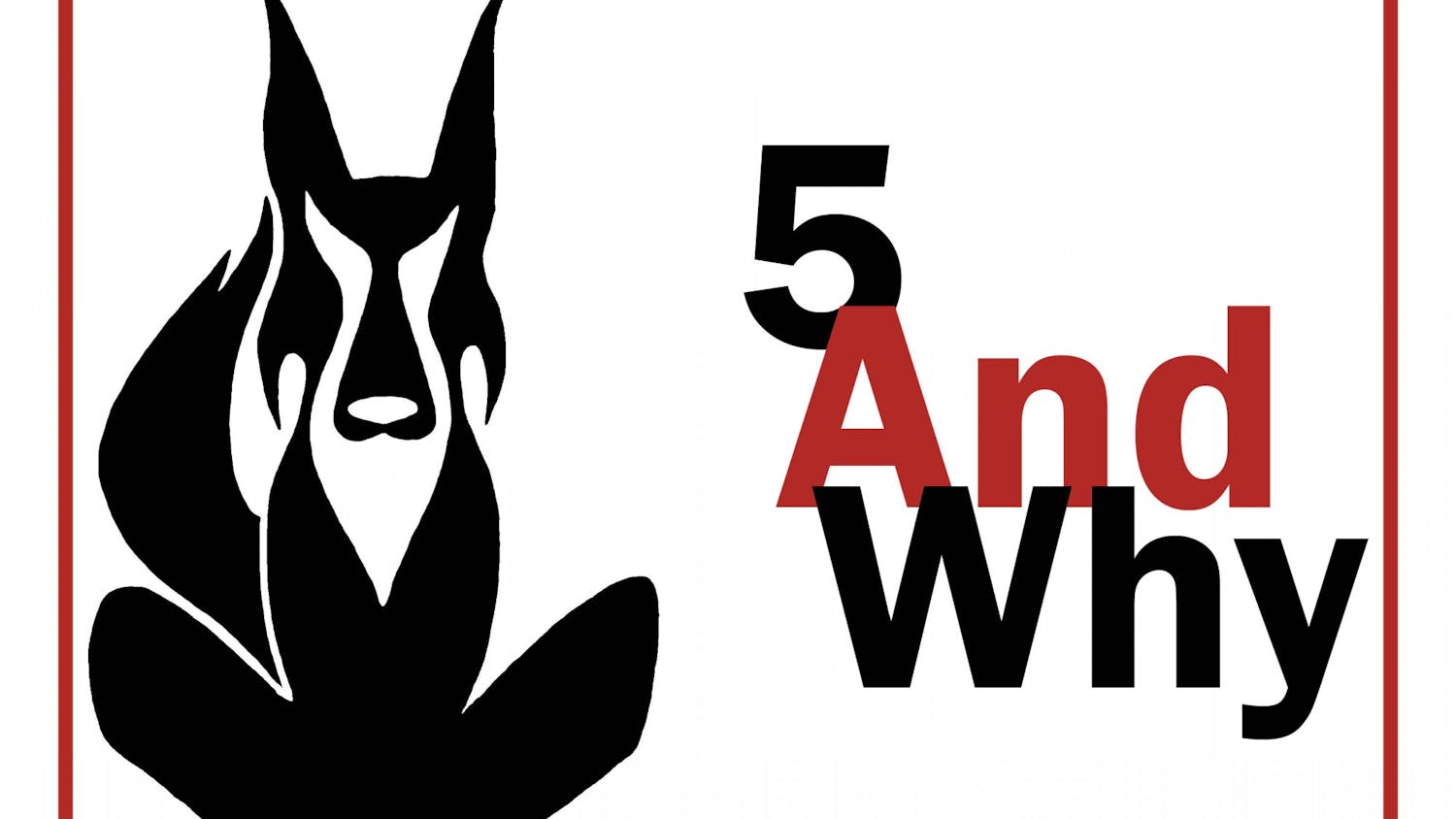This past Friday, the University of New Mexico Arts Research Technology Science (ARTS) Lab hosted an artist talk and performance event featuring Ryan Dennison. Guests were invited to complementary dishes as a piece of Dennison’s Navajo culture. They were seated in a dimly lit ambient atmosphere noted with subtle hues peeking through the ceiling.
The Diné transdisciplinary artist hails from Tohatchi, New Mexico, and began his talk by introducing himself to the audience in Navajo. “Diné,” meaning “person” in Navajo, reviving the indigenous, Navajo way of life as a means to connect one back to their indigenous roots to keep the culture alive.
Although admittedly not fluent in the language, Dennison explained through archives of pictures from his community work, artwork and even childhood memories, that he manages to keep in touch with his roots through a variety of artforms.
Dennison opened with pictures from his time growing up, specifically incorporating aspects of Navajo culture in his pictures with photos of traditional dance groups. He then tied that childhood experience to why he is a performer today, among other art mediums.
“Being with the Dineh Tah Navajo dancers, this is what really helped me form my introduction to being a performer,” Dennison said. “Most of our choreography and things that we shared were about our culture.”
Through more pictures, specifically of nature around his hometown, Dennison discussed his fondness of dreams a number of times during his talk and correlated that fondness to his art style.
“I picked these pictures because it’s dream-like, and that’s what I really like about surrealism,” Dennison said.
Transitioning from performance and nature, Dennison then discussed the importance of indigenous cooking and how he incorporates that into his transdisciplinary art. This accurately represents Dennison’s passion for the importance of indigenous knowledge of culture, specifically for traditional cooking methods, recipes and language.
“Food has stories, something to say,” Dennison said.
Dennison then moved forth to describe the significance of music to his career, and how he has been personally involved with the ‘underground’ indigenous music community that exists in Shiprock, New Mexico.
He suggested that audience members visit deadrezkidrecords.bandcamp.com for some exposure to the community of Native American musicians that inspired him to make his own music in recent years.
However, a significant part of Dennison’s presentation of himself as an artist was being queer as well as indigenous.
Get content from The Daily Lobo delivered to your inbox
“Most of these bands across the reservation create all these different genres, and most are queer,” said Dennison. “Even before they came out as queer, they were still making this rad music that is still significant to the culture of how indigenous people are using media.”
Along with some shoutouts to some previous friends, mentors and even record labels like Chapter House Records that helped him along his path as an artist, he also briefly brought up an important occurrence happening around reservations everywhere.
“This dilemma that’s facing all of the reservations is that women and children are missing,” said Dennison.
Utilizing his platform as an indigenous artist to bring awareness to a significant issue, Dennison then progressed onward to his work with mask making, as well as rug weaving.
In Navajo culture Dennison mentioned there is a brief and precise “mourning phase” four days after a person passes. However, he began rug weaving and string art as a way of remembering his grandma who had passed.
“The reason why I started to have this interest in spirituality was through the rug, and through the rugs we have this concept about the spirit line,” said Dennison. “For every rug weaver the spirit line is part of them, and they weave that into the rug. It’s the part of the rug that is the intentional error of the rug, because rugs can’t be that accurate — nothing can be that accurate except nature.”
Finishing the background portion of Dennison’s presentation, the lights then focused solely on Dennison crouched on a rug with a row of white-soled moccasins in front of him to commence the beginning of his performance.
With each moccasin he picked up came a new sound from the speakers he operated during the performance. Distorted, sharp echoing waves enveloped the audience with the symbolism of the moccasins, and the dark sounds that accompanied them.
The meaning behind the performance was left up for interpretation, but many of the audience members were taken back by Dennison’s distinct approach to artistic performance.
“I enjoyed the performance,” said UNM sophomore, Rinako Shirai. “What the artist did was so unique, I had never seen anything like that before.”
For Dennison, being a transdisciplinary artist is his route to “Revive the Diné Way,” as mentioned on the cover of a book in one of his archives. Dennison, as an artist, said that his expressing his knowledge through different art mediums is purely experiential.
“Friends and family, the environment that helped shape me and definitely lucid dreams are sources for my inspiration,” Dennison said.
Macey Rose is a freelance reporter with the Daily Lobo. She can be contacted by email at culture@dailylobo.com or on Twitter @maceyrae9.






